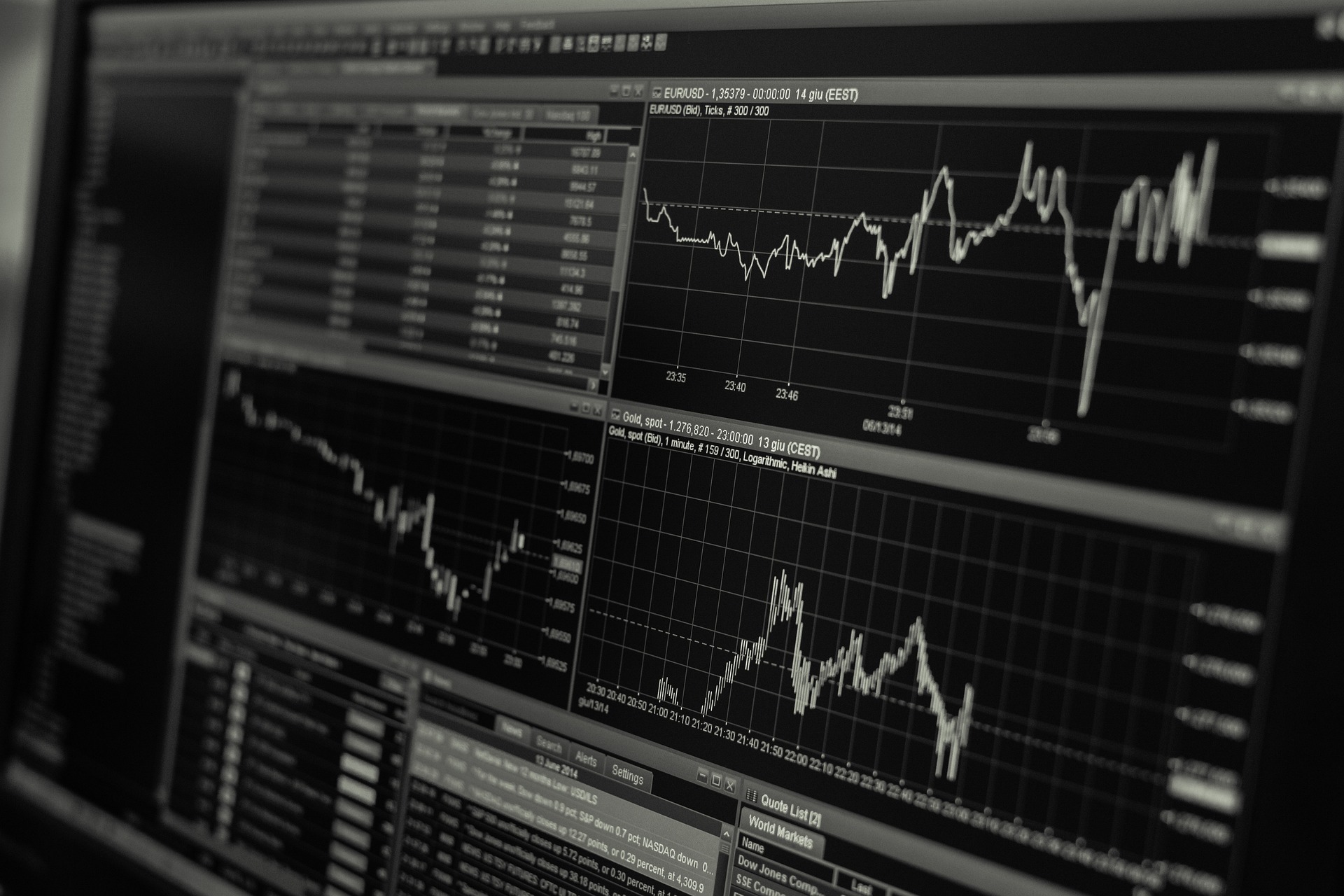Whenever someone’s looking to buy or sell a stock, crypto, or even a product, they will need to collect data and analyze it to make decisions. From charts, and keen analysis, to expert reviews and market sentiment, a lot goes into investing. This is where the Fear and Greed Index comes in.
Fear and Greed combines emotional and supportive data to provide a thorough report of whether you should rely on a market or not. So let’s talk about some important terms before we delve deep into the Fear and Greed Index in crypto.
What is an Index?
Index is simply taking data points and joining them into one report. The Crypto Fear and Greed Index also contains market data; however, it cannot be purchased or gotten from someone since it differs from person to person based on their understanding. Consider it as a best practice to gather data about a certain coin.
What is a Market Indicator?
Market indicators are technical analyses that give you a great amount of data, including measuring the sentiments of traders and investors. One example would be crypto investors using social media to gain knowledge and understand the market sentiment about a certain coin.
Fear and Greed Index

The Fear and Greed Index was created initially to understand market sentiment. The term was originally coined for stock markets, but it eventually came into the crypto world because of its use case.
The Crypto Fear and Greed Index identifies market indicators and trends to understand whether the market is feeling fearful or greedy while investing in a particular cryptocurrency. The index has two ends: 0 and 100. 0 means that the market has extreme fear, and 100 shows that the market is extremely greedy. 50 indicates that the results are neutral.
A greedy market indicates that traders and investors are feeling greedy, and the cryptocurrency may be overvalued. A great example of this would be investors buying a token that has hyped up on social media and they are feeling FOMO. This tactic brings a lot of buyers that artificially pumps up the value of a coin.
In simple words, a greed indicator points out that a coin may have excess demand, which inflates the overall price.
A fearful market is the exact opposite, as it indicates that a crypto might be undervalued. This is because panic and fear lead to impulsive selling, which increases the supply in the market and ultimately decreases demand. While a fearful market doesn’t mean it is the end of a coin, it can destroy the reputation of a cryptocurrency.
How Does It Work?
A lot of online platforms calculate market value from 0 to 100. The Fear and Greed Index is usually divided into the following categories:
| Fear index | Description |
|---|---|
| 0-24 | Extreme panic and fear |
| 25-49 | Fear |
| 50-74 | The starting point of greed |
| 74-100 | Extreme greed |
These online platforms combine a lot of other elements to gain wider market knowledge and base their decisions on it. You can also calculate them by referencing these factors:
1. Google Trends
Usually, 10% of the index score is from Google Trends. Just by searching for data for a particular coin using the Google Trends tool, you can get thorough information. So, let’s say if the term “LUNC scam” gets a lot of searches, then you can assume that it is going to be a fearful market to invest in. So 10% of the total Fear and Greed Index will be based on fear.
2. Volatility
Volatility indicates the changes in a value of a coin for the last 30 to 90 days. This can let you know whether a market is solely based on fear, greed, or a mixture of both. It is also the highest indicator for the index since 25% of volatility is captured for the overall results.
3. Social Media Research
Being 15% of the total index score, this includes looking at Twitter hashtags, Instagram trends, and Facebook, specifically for a particular coin or a market. If a Twitter hashtag is super viral, this means that there might be a lot of greed for that particular coin.
4. Coin’s Dominance
When a certain coin dominates the market, it is usually considered to make up 10% of the index. This includes a coin surfacing in the market and different charts.
5. Momentum or Volume
Trading volume is another big indicator of the Fear and Greed index, and it makes up a total of 25%. Constantly high volume indicates that the market is more optimistic and greedy.
6. Surveys
Surveys are good indicators of market sentiments. They make up a total of 15% of the index score.
Final Verdict
The Crypto Fear and Greed Index is a simpler way to get valuable data on whether you should invest in a coin or a market. By using this method, a lot of investors make important decisions on investing and trading cryptocurrencies.


